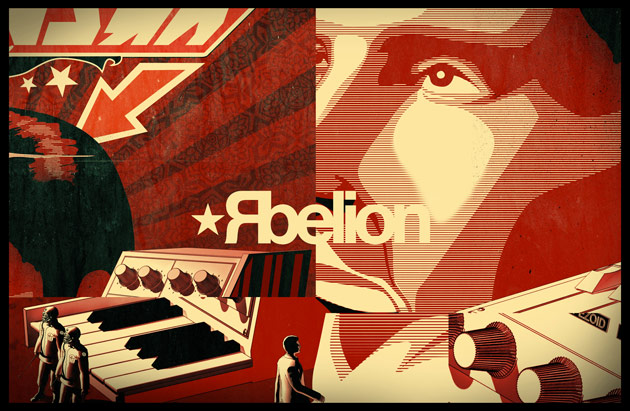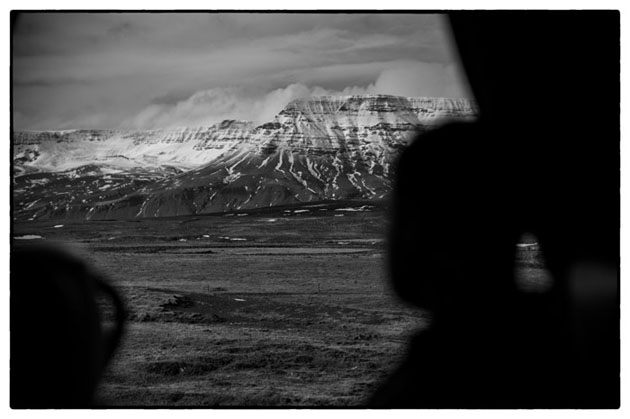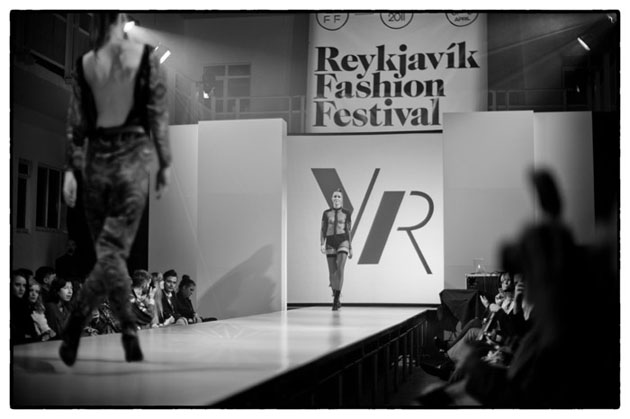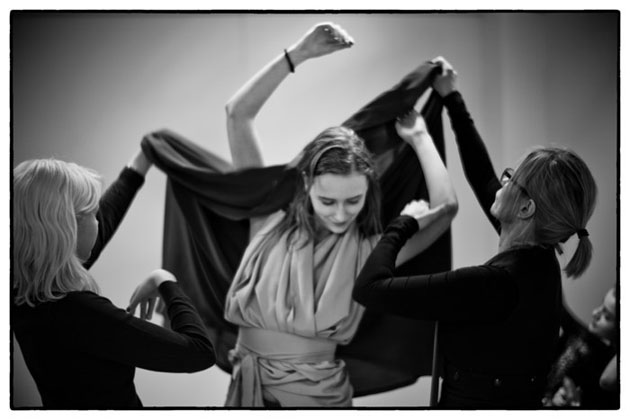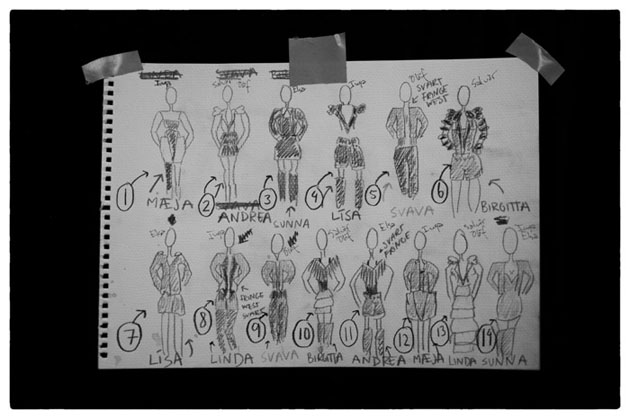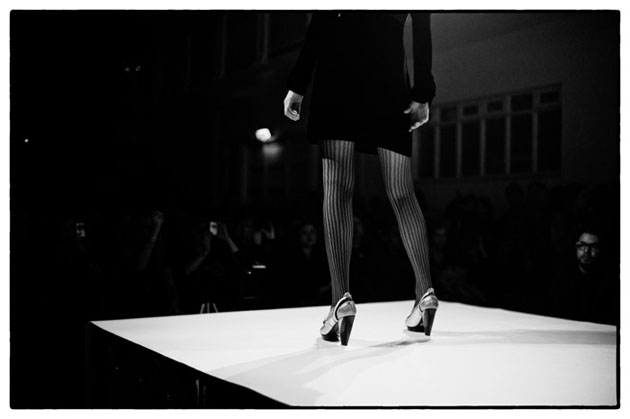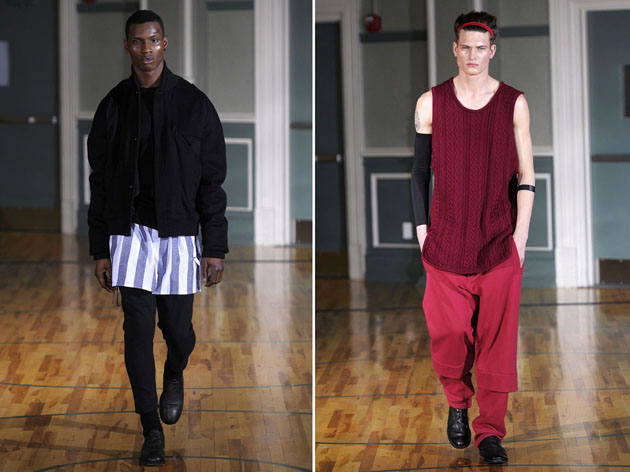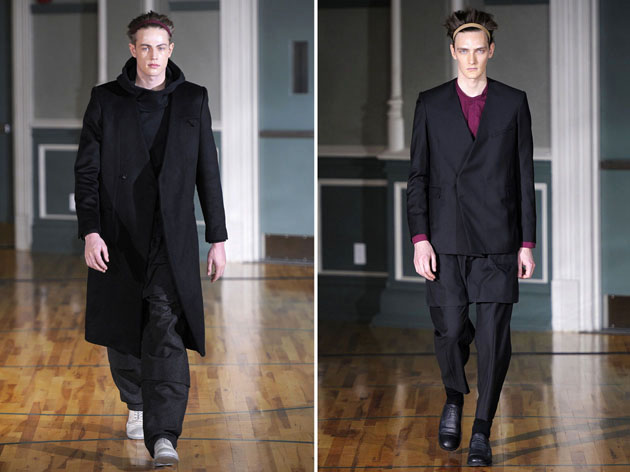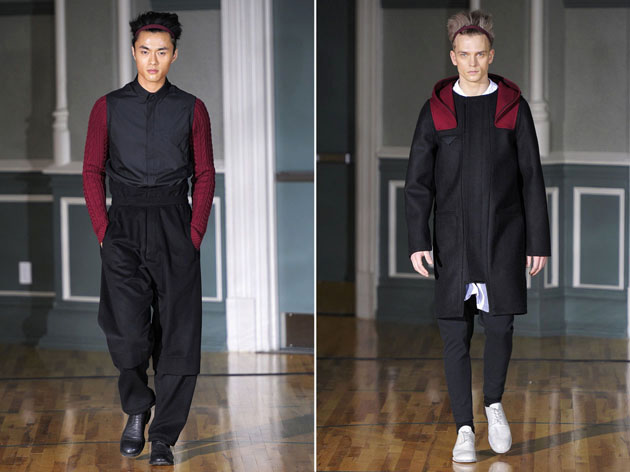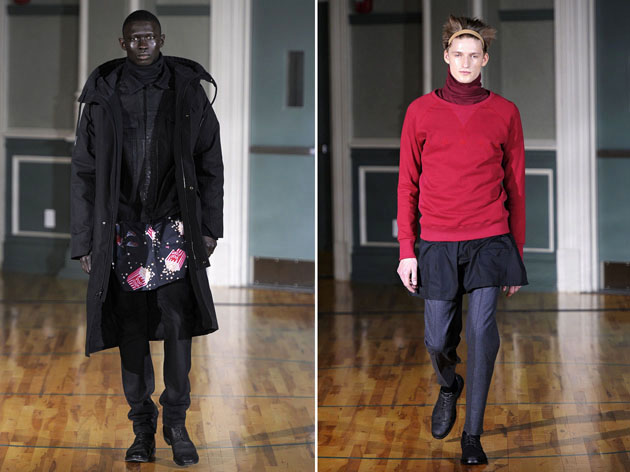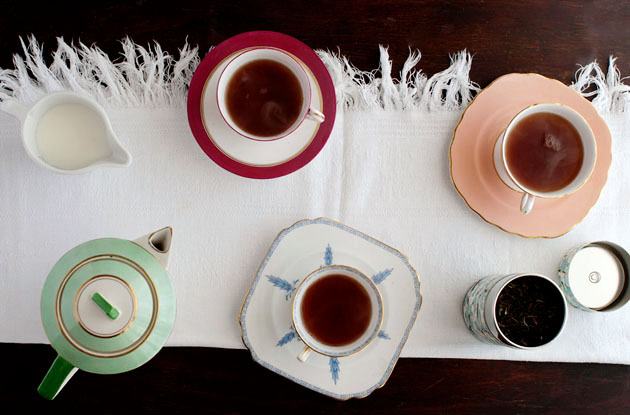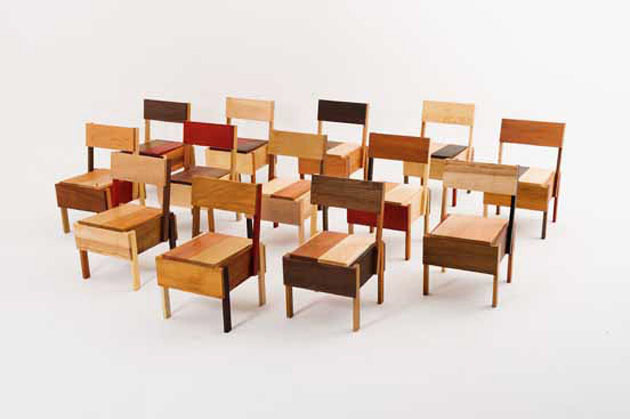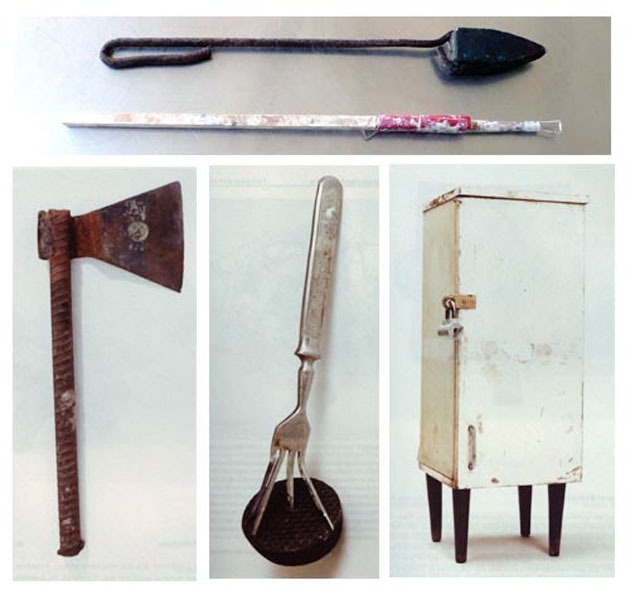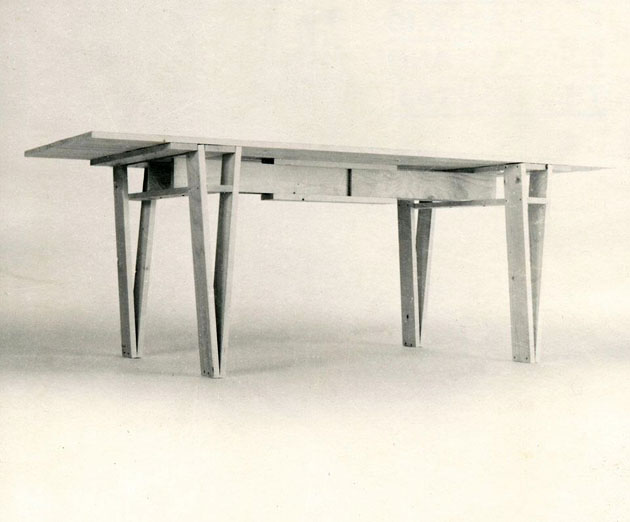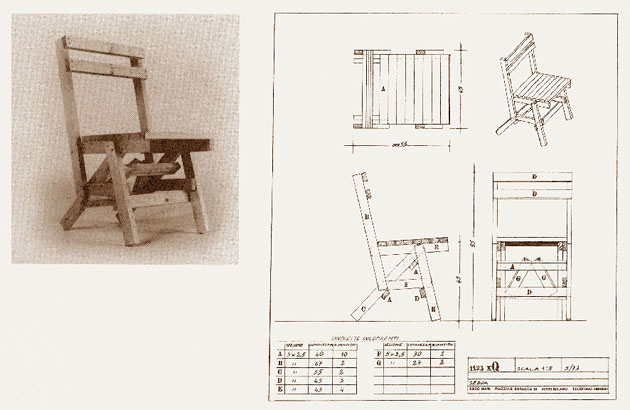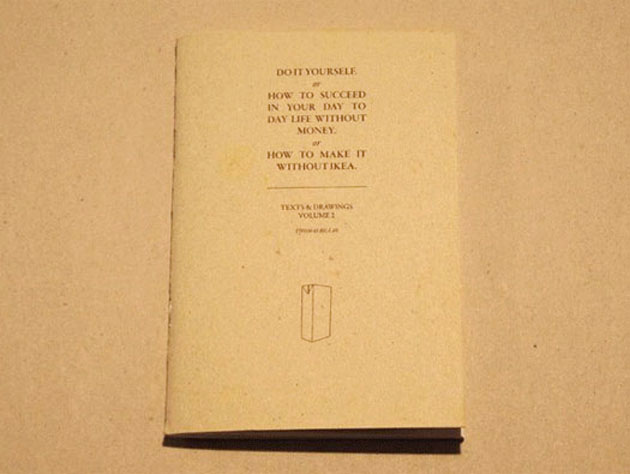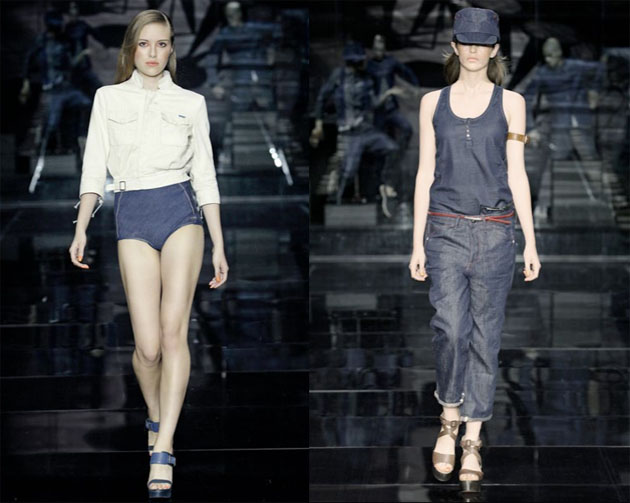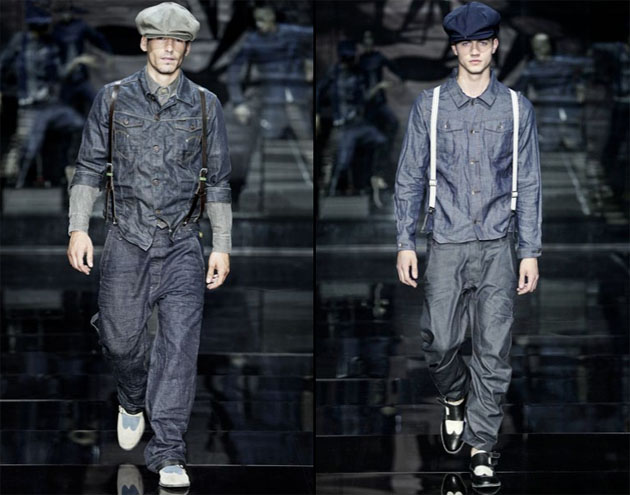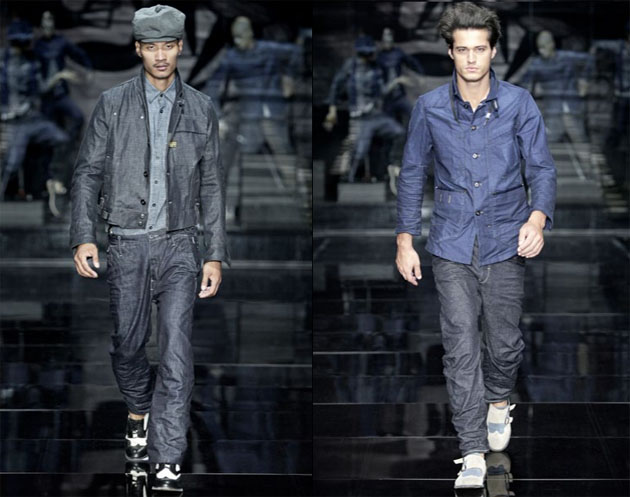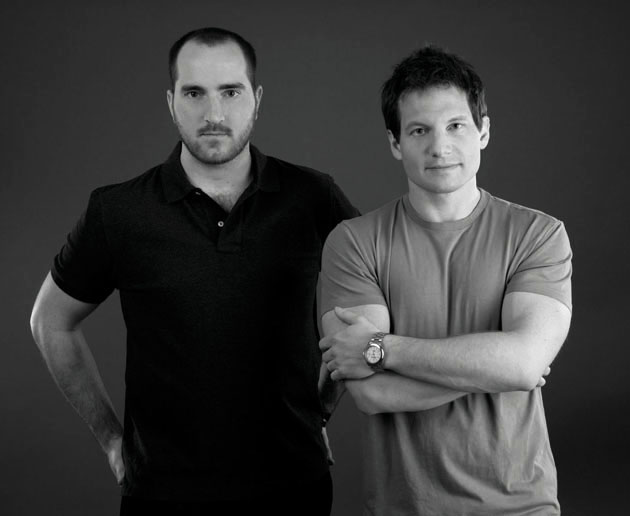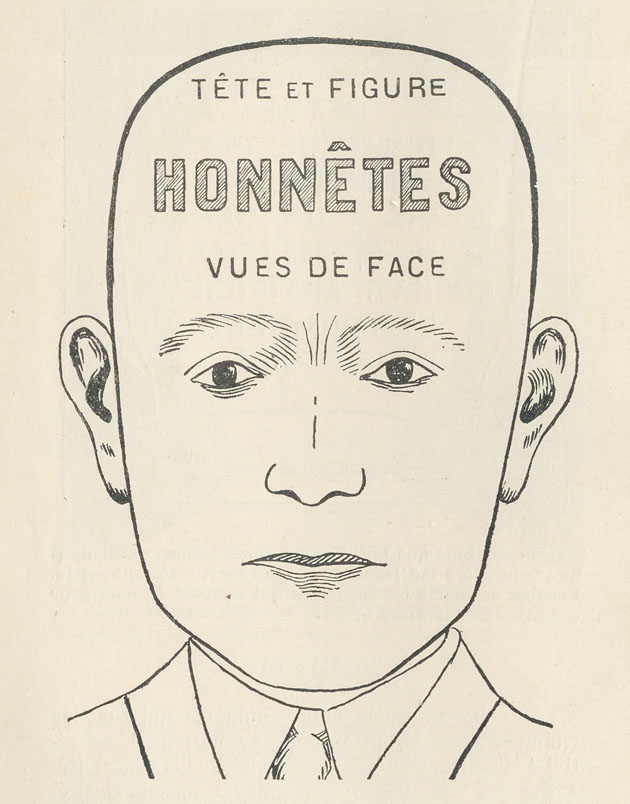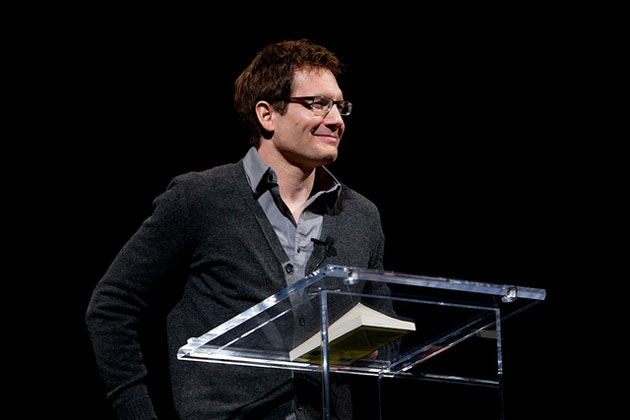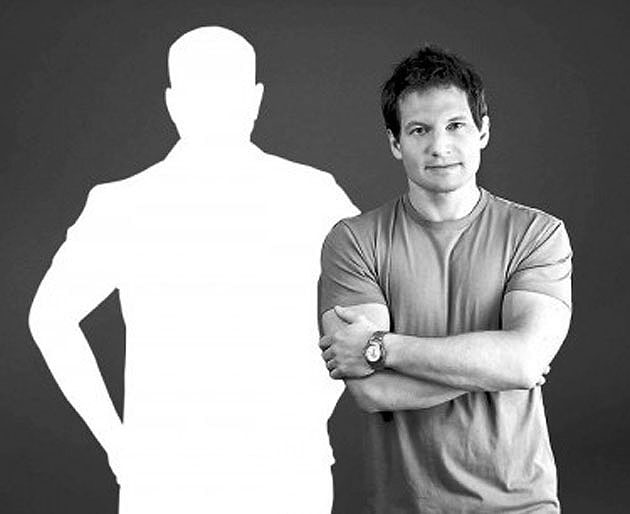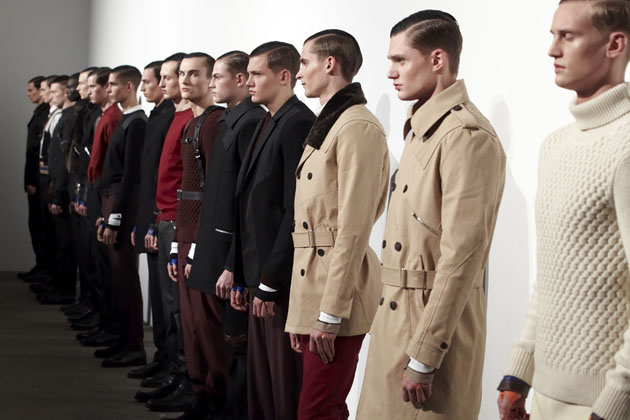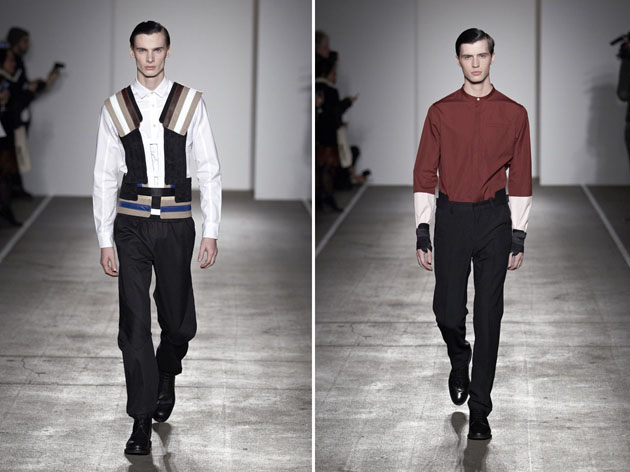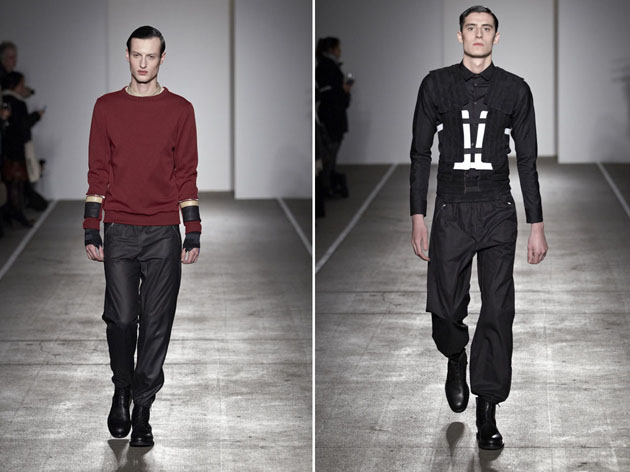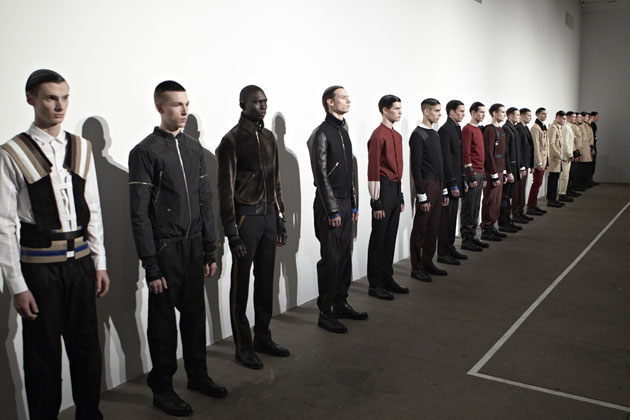Kraftwerk Retro at MoMA
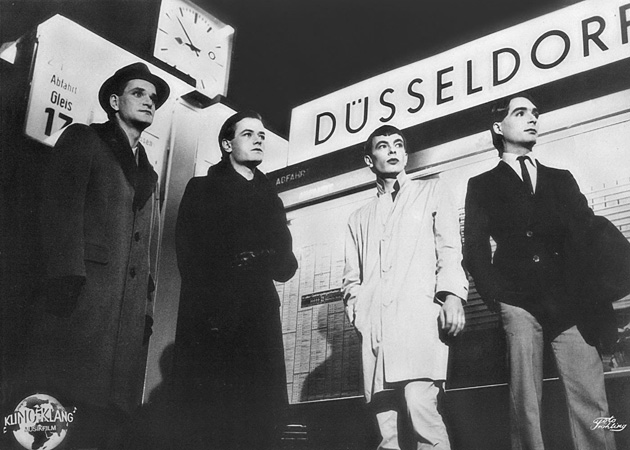
How much are you willing to pay to see Kraftwerk? The question loomed large on the 59,280 distressed minds who’d uniformly failed to get tickets the morning of February 22nd. “You are waiting in the queue,” the screen repeated for hours on end. “You do not need to refresh, this page will automatically redirect you when it is your turn to purchase tickets.” For the 99%, that turn never came. No surprise―the legendary electronic pioneers retrospective eight night stint at MoMA only had room for 400 people per night, and a quarter of those tickets went to Volkswagen to give away in raffles and promo plugs. The rest were shuttered to the Craigslist gutters, where the cheapest ticket would set you back a month or two’s rent.
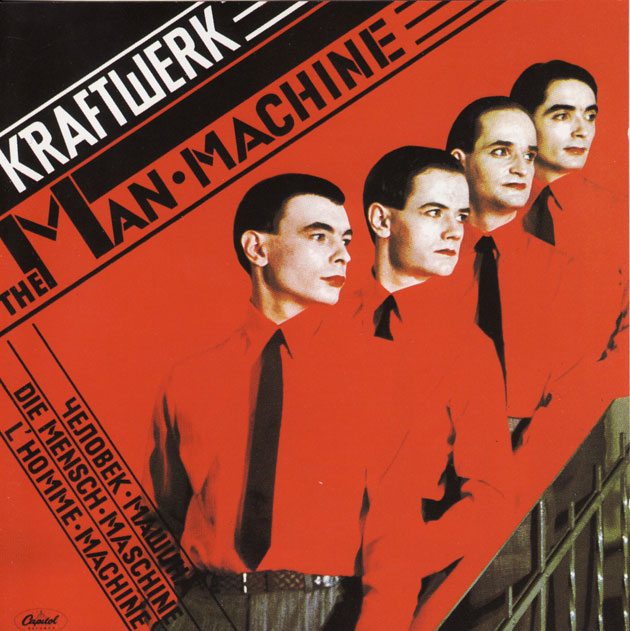
Kraftwerk have been called many things: the Beatles of pop, the godfathers of hip-hop, the founders of electronic music, etc., but they’re also very funny, though you’re likely find water in hell before you see Ralf Hütter laughing. Are they trying to be? For a bunch of humans bent on disappearing into the technology they embrace, not bluffing is very important. “This show will be performed by robots and no one I know will attend!” one fan whined, and he was right. No one knew any real humans who were going, just like how no one knows how Kraftwerk makes the sounds they do, especially in a live setting. The aura that surrounds the music is almost as mysterious as the men who make it.

But there is something deeply ironic about four Germans making funky music while standing stoically behind pods, tinkering with computers, synthesizers and, according to one MoMA employee, iPads. They’re pop stars, yet their hips don’t shake, and I’ve never seen their eyes blink. Their attention to detail is astonishing, kind of like watching a master mechanic pound out a five-cylinder engine from sheet metal, only Kraftwerk’s engine is responsible for churning out some of the best pop singles of the last 40 years: “The Robots,” “The Model,” “Autobahn,” not to mention entire albums: Trans-Europe Express, The Man-Machine, Radio-Activity. So yeah, they work like robots, all day in night in their legendary Kling Klank studio just outside of Düsseldorf, but the music that comes out of it continues to be strangely warm and innately human.
